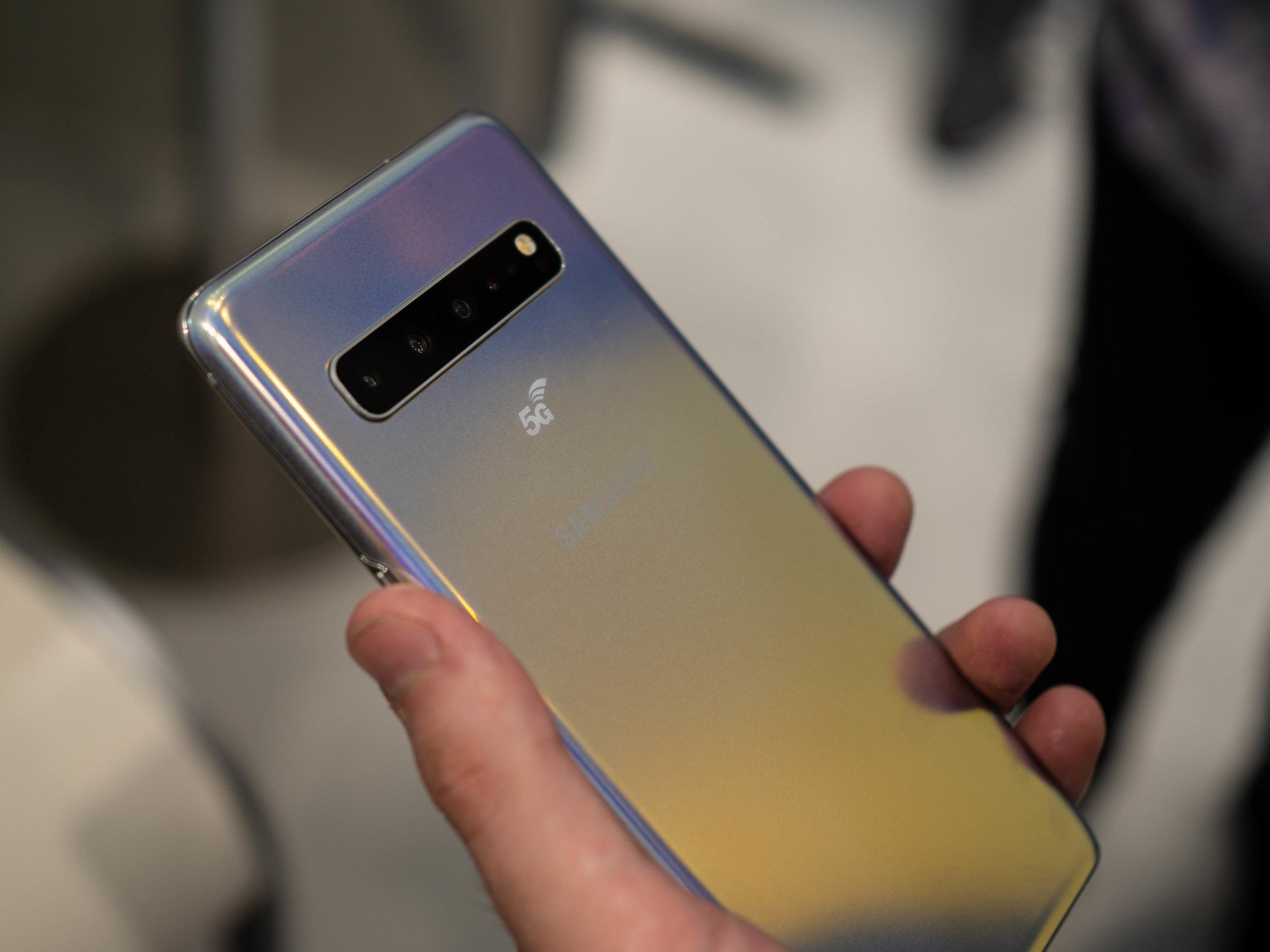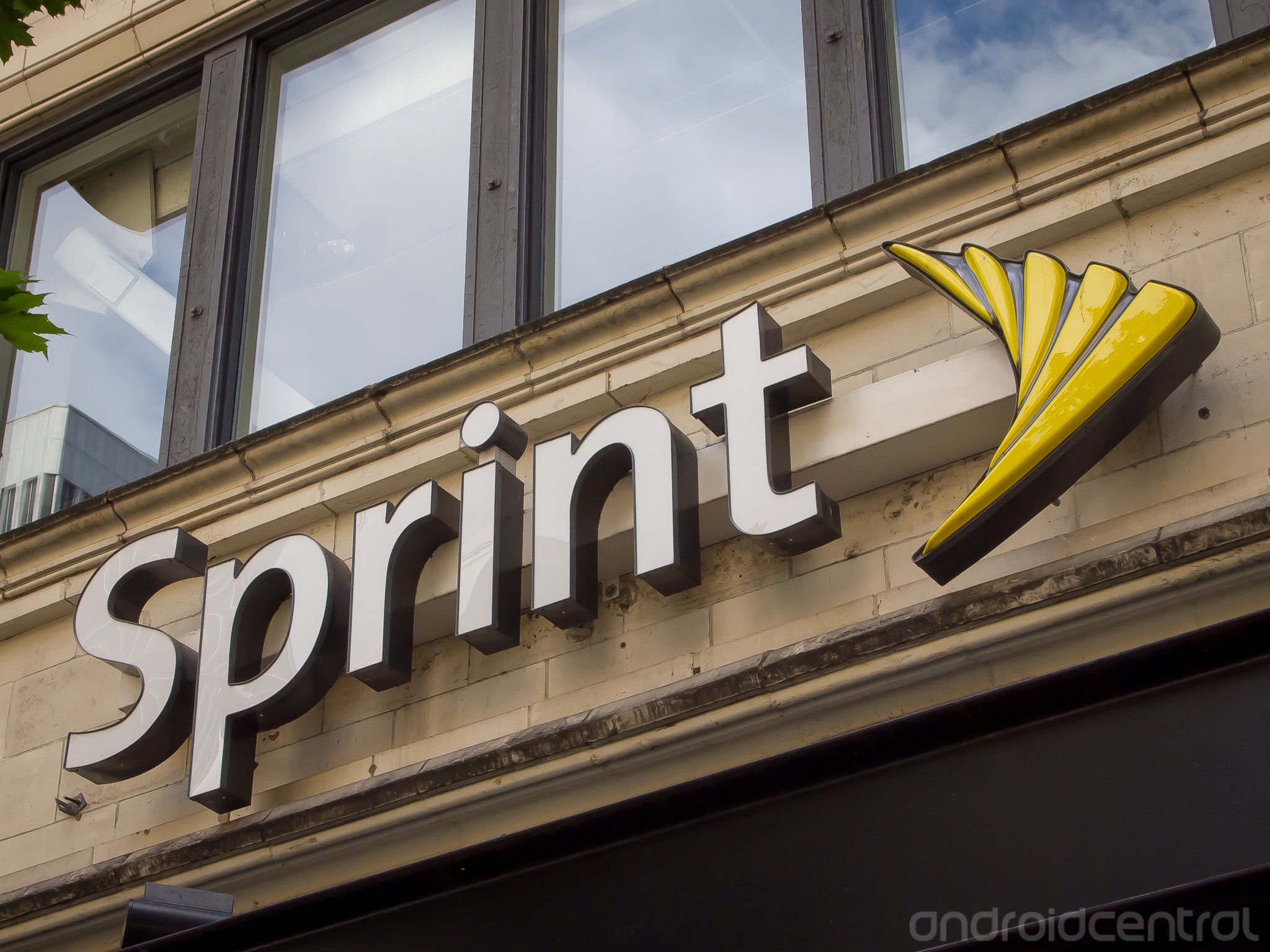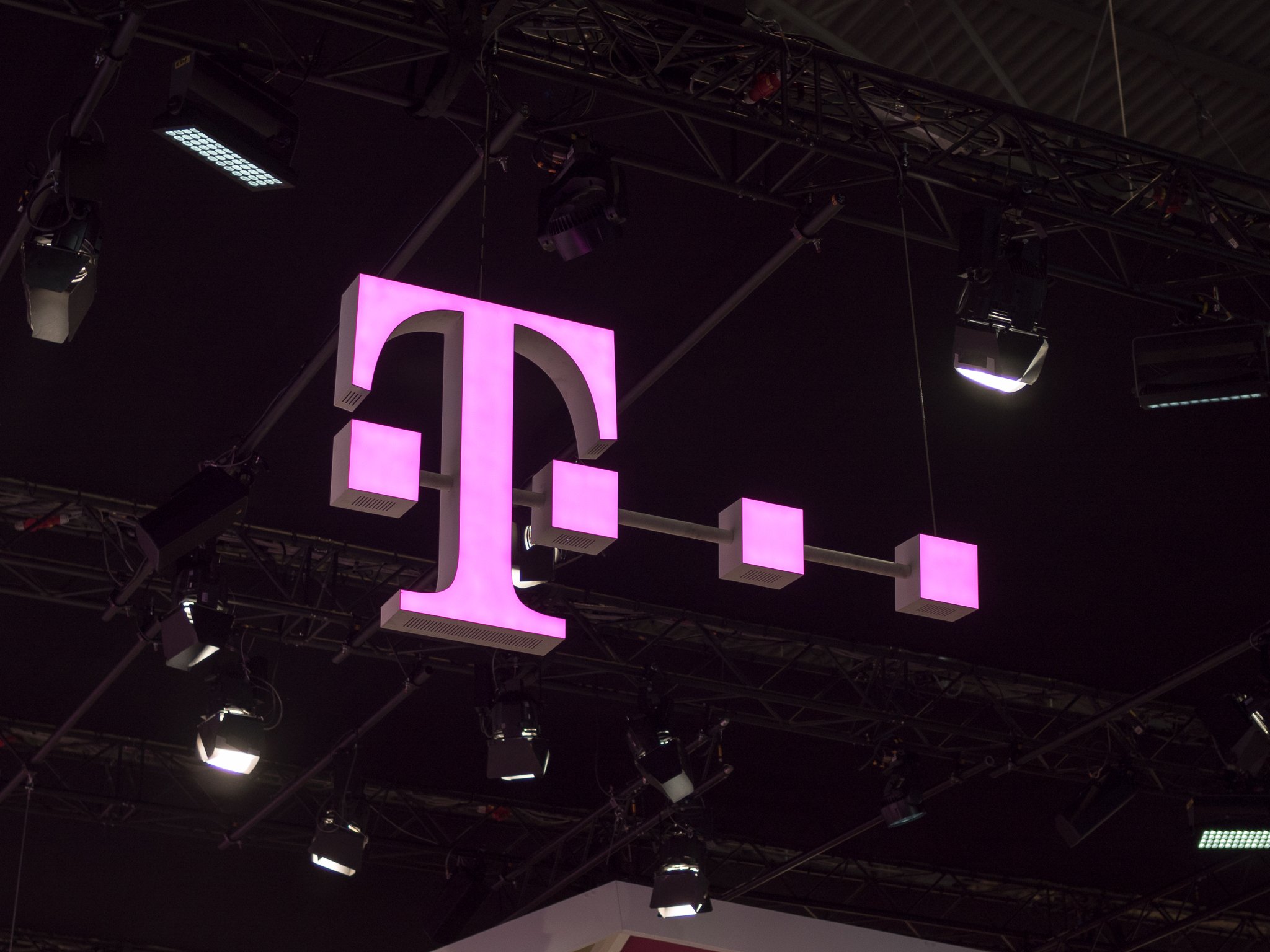What you need to know about each carrier's capabilities and plans for fifth-generation wireless.
The Big Four U.S. carriers are all well into their 5G roadmap. We have 5G-ready phones like the Galaxy S10 5G, and we already can see the results of testing using devices like home broadband routers and wireless hotspots. 5G is coming, and it's not going to be the typical slow rollout we've seen with 3G and 4G LTE.
There is one way that the 5G networks in the U.S. will resemble its 3G and 4G counterparts, though: each carrier is doing things differently and it's very unlikely that you'll be able to buy a single device that works with all of them. This will probably change as the tech inside the devices and the tech that powers the networks mature, but any plans of buying an unlocked 5G-ready device today and using it across multiple carriers will need to be put on hold.
Here's what we know so far about how each carrier is building a 5G network.
AT&T
AT&T expects to offer nationwide 5G service by the end of 2020 and has begun offering mobile 5G service in Houston, Dallas, Atlanta, Waco, Charlotte, Raleigh, Oklahoma City, Jacksonville, Louisville, New Orleans, Indianapolis, and San Antonio. The rollout has been for a select number of businesses and customers so far, and in March 2019 when the company released its Netgear Nighthawk 5G Mobile Hotspot.
AT&T already has its 5G Fiber backbone in place across the country and is rapidly expanding it.
AT&T also has announced its next set of cities for 5G service, and customers in Chicago, Las Vegas, Los Angeles, Minneapolis, Nashville, Orlando, San Diego, San Francisco, and San Jose will be able to use 5G devices soon.
AT&T also offers what it calls "5G Evolution" service, which isn't 5G at all. The company expanded and enhanced its 4G LTE service and has offered it in 400 markets. Don't be confused if you suddenly see a "5Ge" icon on your phone; it's just proper carrier aggregation of the company's 4G LTE service.
More: AT&T's '5G Evolution' network isn't a brand (new) problem
AT&T's 5G service will rely on the company's fiber network as a backbone, which is expected to cover 14 million people by mid-2019. The network will use what's known as "millimeter-wave" which uses high-frequency spectrum to broadcast signals across relatively short distances. With 39GHz holdings that cover more than 30% of subscribers in the top 50 markets, the company has a solid base to build on, and AT&T also plans to use "additional spectrum bands" in the future to bolster its 39GHz spectrum.
In the end, expect a mixed high and low spectrum 5G network from AT&T that uses Fiber as a backbone with many small-cell sites to allow wireless access to the service.
Verizon
Verizon, Qualcomm, Motorola, and Samsung demonstrated the first mobile 5G radio test in late 2018 and released its first mobile 5G device — the Samsung Galaxy S10 5G — in 2019. As of June 20, you can also purchase the LG V50 to harness the carrier's 5G network.
More: Verizon 5G Home is 5G home internet that costs $50/month
Verizon has also enrolled 5G to power its "5G Home" broadband service starting in September 2018. The service has no data cap and offers speeds ranging from 300Mbps to 1Gbps depending on location.
As we saw with LTE, Verizon is sitting on plenty of the right spectrum for its 5G network plans.
Verizon's 5G service will run on the company's millimeter-wave 28Ghz and 39Ghz bands. Verizon holds the largest amount of millimeter-wave licenses among the Big Four (and possibly of any company worldwide) with 76% of the available 28Ghz spectrum in the top 50 markets and 46% of the available 39Ghz band.
Verizon is confident in its ability to deliver 5G service to fixed locations using specialized equipment. In early 2019, the company offered 5G Home service using off-the-shelf equipment and 5G mobile broadband. Using its millimeter-wave spectrum to build out a solid 5G network means Verizon will have to deploy a huge number of small cell sites across the country, but as we saw with 4G LTE service, expect Verizon to be both first and best while 5G is new.
In March 2019, Verizon unveiled its mobile 5G plans with the launch of the 5G Moto Mod for the Moto Z3. The network is now live in Chicago and Minneapolis and is impressively fast.
Sprint
Sprint and T-Mobile may be trying to merge, but even if that doesn't happen the company is in a strong position when it comes to delivering 5G service.
While AT&T and Verizon plan to use millimeter-wave spectrum to deliver 5G service, Sprint has another trick up its sleeve. Using excess 2.5Ghz spectrum, of which the company holds plenty, Sprint's 5G service will run on mid-band frequencies instead of the upper bands that constitute millimeter-wave. Because this mid-band spectrum is also used for the company's 4G LTE service, cell sites will need to have new equipment deployed to cover the 50/50 split.
Sprint has everything it needs to deploy its 5G network except for the most important part: money.
While using its existing sites to deploy 5G means Sprint will be quick to roll out 5G service, it also means that Sprint's 5G network won't have the low latency and high-bandwidth that millimeter-wave spectrum can deliver. Sprint plans to address this in the future by employing additional spectrum to bolster the 5G network. Right now, Sprint's 5G network is live in Atlanta, Dallas-Fort Worth, Houston, and Kansas City. On the device side, the company offers the LG V50 ThinQ as its first 5G phone as well as the HTC Hub hotspot. As of June 21, Sprint will sell the Galaxy S10 5G.
Sprint also plans to make its 5G service available to Google Fi users. Fi currently uses Sprint LTE along with T-Mobile and U.S. Cellular to deliver internet and phone service to its customers.
More: T-Mobile and Sprint Merger FAQ: The good, the bad, and the ugly
T-Mobile
Like Sprint, T-Mobile isn't depending on a merger to begin its 5G rollout. But don't expect to see it anytime soon: the company doesn't plan to roll out 5G until late 2019 according to CTO Neville Ray.
This is because of how T-Mobile plans to deliver a 5G network using its 600MHz spectrum. There aren't any current devices that can utilize a 5G network using the 600MHz band, and T-Mobile isn't going to be in any hurry to provide one until then. Expect the Samsung Galaxy S10 5G to be among the first.
T-Mobile will wait for phones that can use it before it rolls out a 5G network.
While AT&T and Verizon are using high-band millimeter-wave spectrum for 5G and Sprint is using 2.5GHz mid-band, T-Mobile is using the 600MHz spectrum it already owns. There are some benefits here — the signal can travel long distances and through solid objects much better than higher bands can and that means fewer new towers are needed. There are also some serious drawbacks, namely, the network will have higher latency and lower throughput speeds than both millimeter-wave networks and a mid-band network.
To offset this, the company is also building on 28Ghz millimeter wave spectrum and existing mid-band 2.1GHz spectrum. A network of this type will prove to be challenging for device manufacturers who will need to balance the power requirements all these radios will have or find betters ways to switch radios lest devices only work in limited areas.
On paper, 5G in the U.S. can look confusing. Unless you frequently hop between carriers though, the confusion will fall on the shoulders of the companies making phones. Just like the current situation with 4G LTE, don't expect every device to work on every network. You will be able to find a 5G phone you love though, as phone makers will race to get compatible models out the door as the networks roll out.






0 Response to "You Can See More: 5G in the US: How each carrier will deploy 5G on phones"
Post a Comment